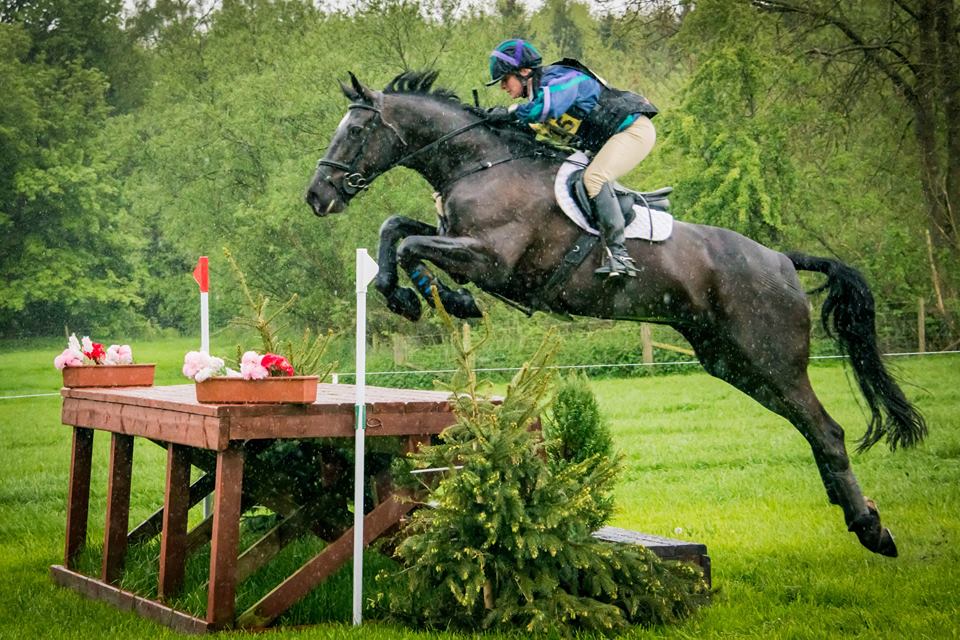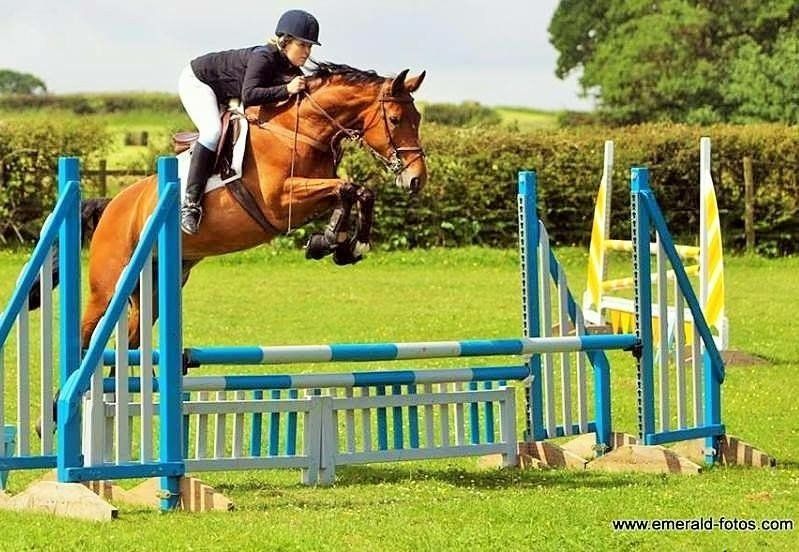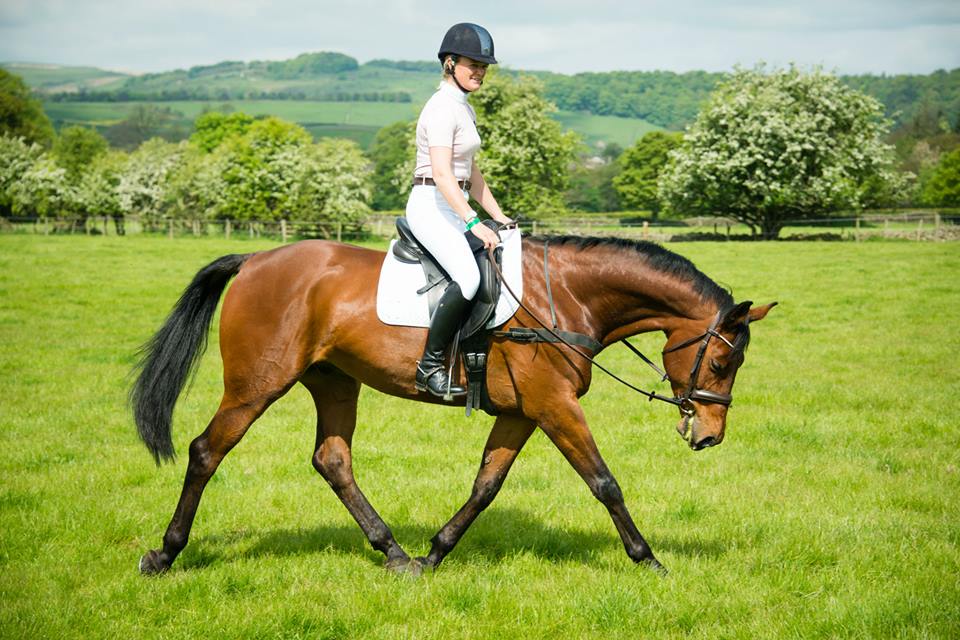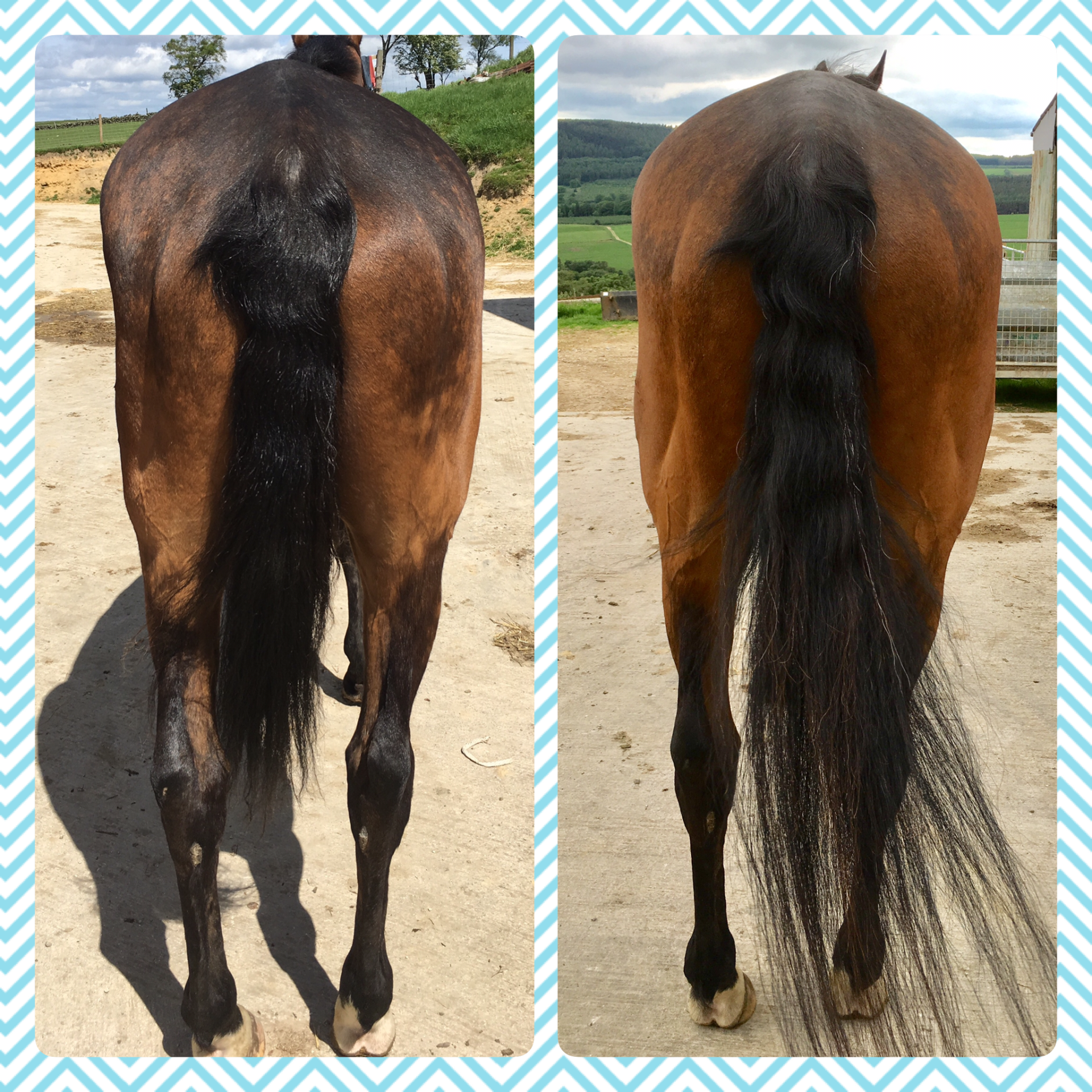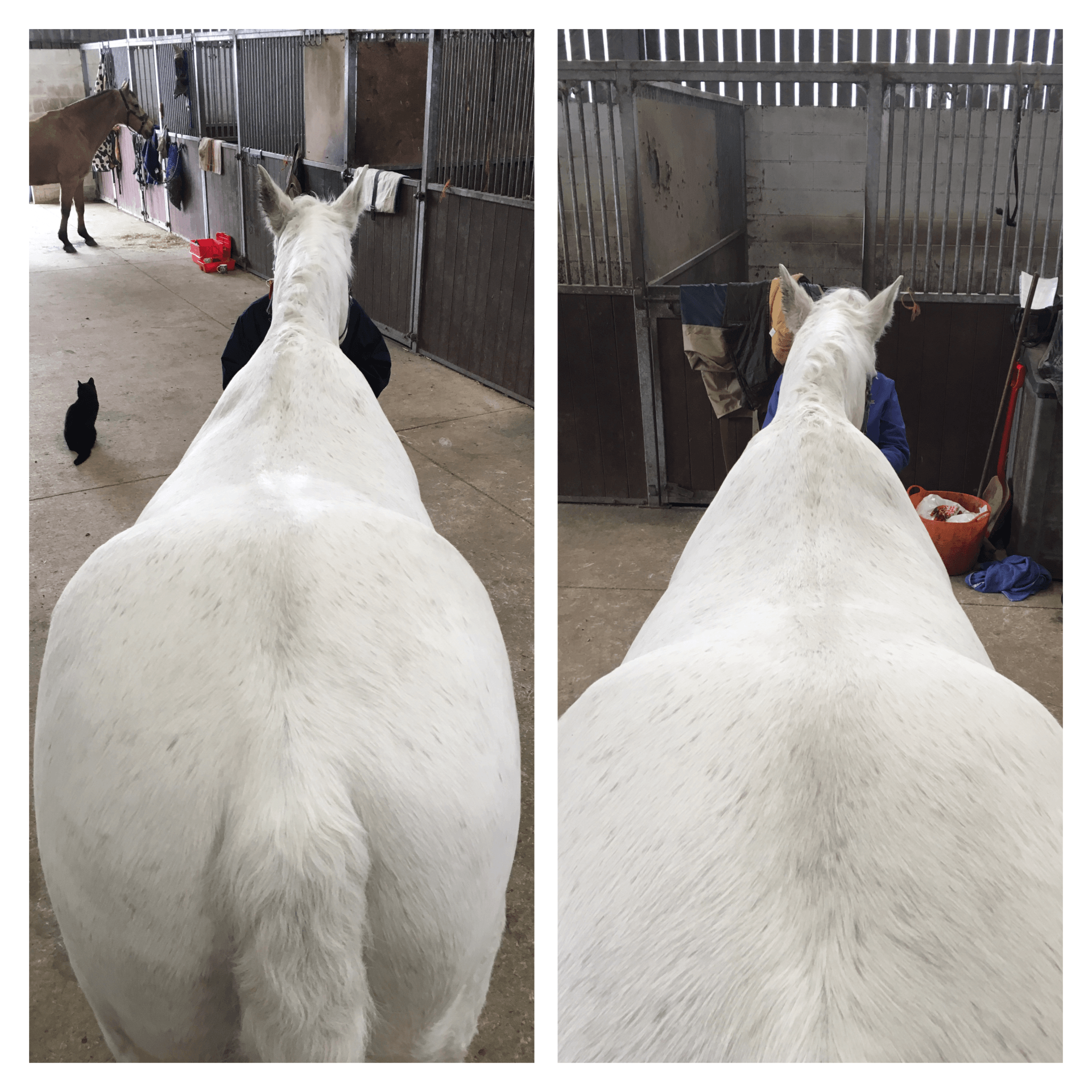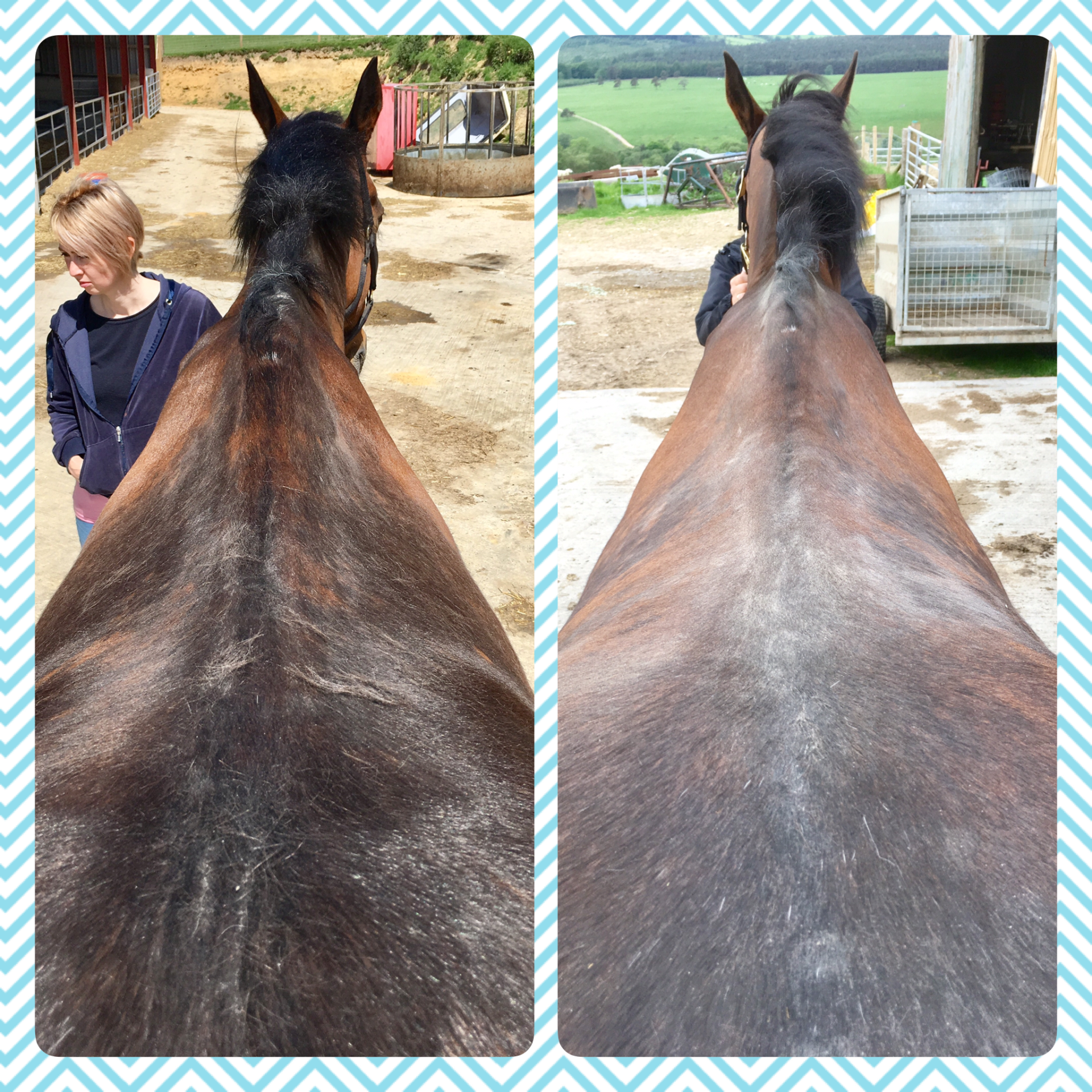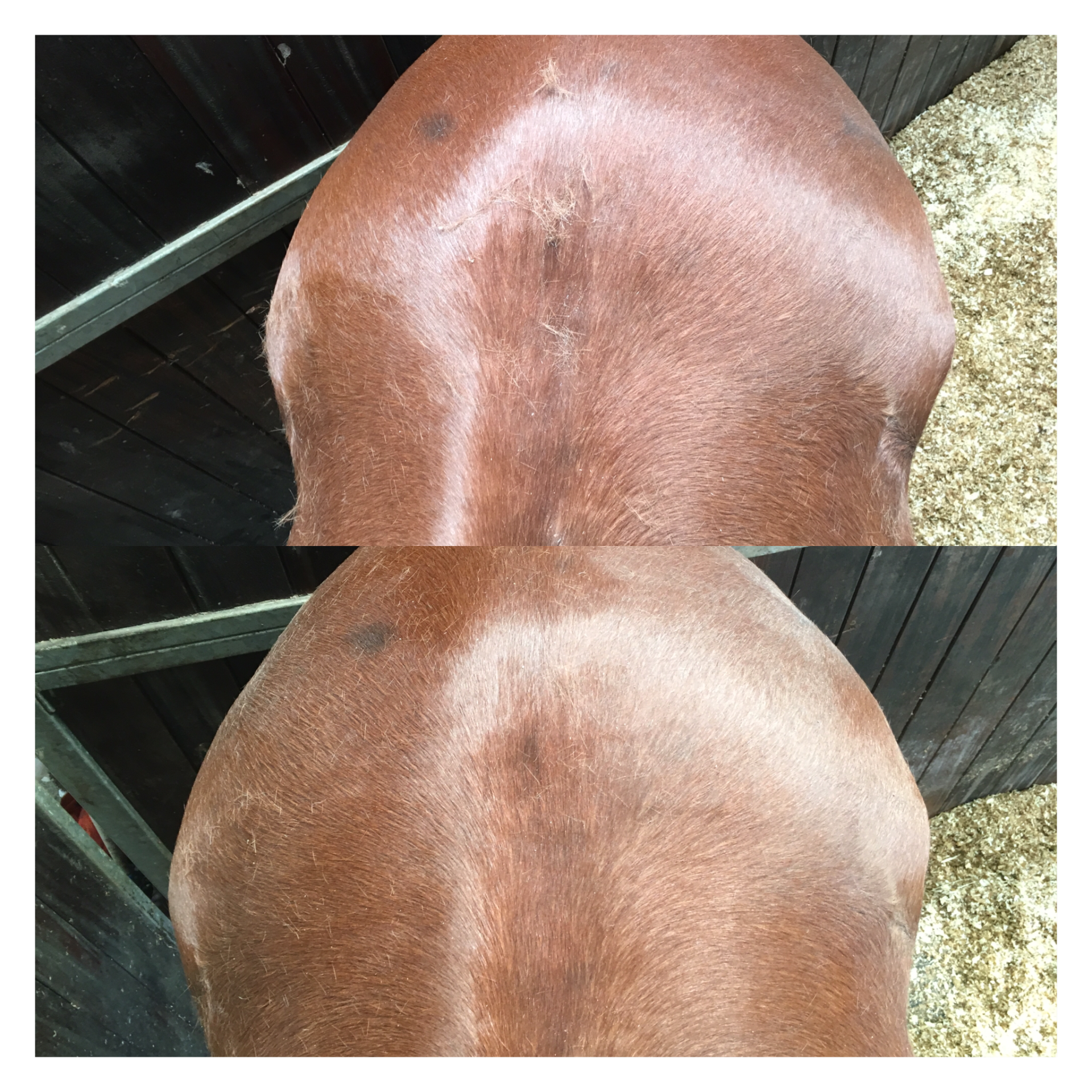A full chiropractic consultation is comprised of the following;
Assessment:
- Detailed discussion of patient history.
- General health check and conformational analysis.
- Gait analysis and lameness assessment where necessary.
- Patient assessment summary.
Treatment:
- Palpation for any skeletal misalignments.
- McTimoney chiropractic adjustments.
- Massage (where necessary).
Aftercare:
- General verbal aftercare regime - given on the day.
- Detailed written aftercare regime - sent via email upon request.
